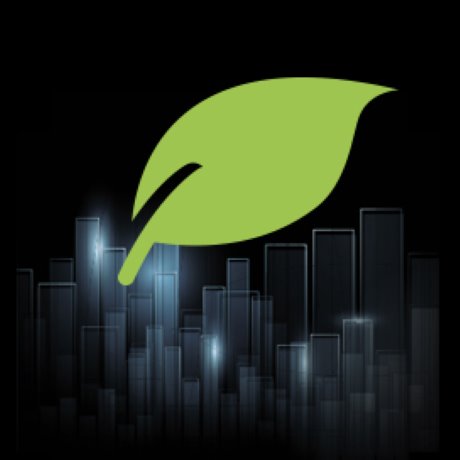A University of Toronto lab is making a case for the ongoing monitoring of the performance of green roof components and standards.
There is a need, says Liat Margolis, director of the university’s GRIT (Green Roof Innovation Testing) laboratory "to compare common industry practices and construction standards in the context of geo-specific or climate specific conditions to improve benchmark performance."
The lab, located in the university’s architecture, landscape and design faculty where Margolis is also assistant professor in landscape architecture, began operations in 2011, two years after the introduction of a Toronto bylaw that requires new residential, commercial, institutional and industrial developments to incorporate a certain percentage of green roofing.
In particular, the lab is monitoring the performance of the recommendations the city has developed for the substrate, vegetation and irrigation components of a green roof system.
Climate change propels the need for continued evaluation, says Margolis. She notes that in the past three years lab researchers have had to change calibrations of equipment like tipping buckets used to measure water runoff because of local weather changes.
If researchers have had to make such dramatic adjustments, "what does that mean in terms of the kind of construction standards that we’re developing for our green roofs and green building technologies at large?" Margolis asks.
Currently, the lab’s researchers are focused on understanding water balance in green roof systems and how the systems might be harnessed to reduce runoff, cool buildings and provide habitat for wildlife such as pollinators. Interdisciplinary research is favoured and researchers have partnered with several other university faculties as well as industry and Toronto’s environment and energy division.
The facility’s 33 test beds are constructed to look at four testing variables: growing media, soil depth, vegetation treatments, and irrigation.
Preliminary findings include:
— The effect of irrigation is the most statistically significant in terms of water retention. Unsurprisingly, irrigated beds are not able to hold as much water as non-irrigated beds, Margolis explains
— Irrigation supports cover and biodiversity, particularly in indigenous plantings. (A mixture of 16 southern Ontario grasses and forbs was compared to the industry standard of using sedum varieties — hardy, flowering perennials often used for ground cover)
— Bee pollen consumption indicates indigenous plantings may do a better job in attracting native pollinators.
"So this may also have an implication on the type of plant selection that we make here in the Toronto region, given that most of the roofs are still specified to have the sedum" plantings, Margolis says.
The lab has also found that the use of green facades can result in a six to 11 per cent reduction in building surface temperature, which equals roughly 3 C. There was no significant difference in cooling between the different vine types tested, which included a Virginia creeper, hops and riverbank grape.
Researchers are also now looking at the synergies between the roof systems and solar arrays "with the theory that the cooling effect from the vegetative surface would optimize output and also increase the lifetime" of the arrays, Margolis says.




Recent Comments
comments for this post are closed